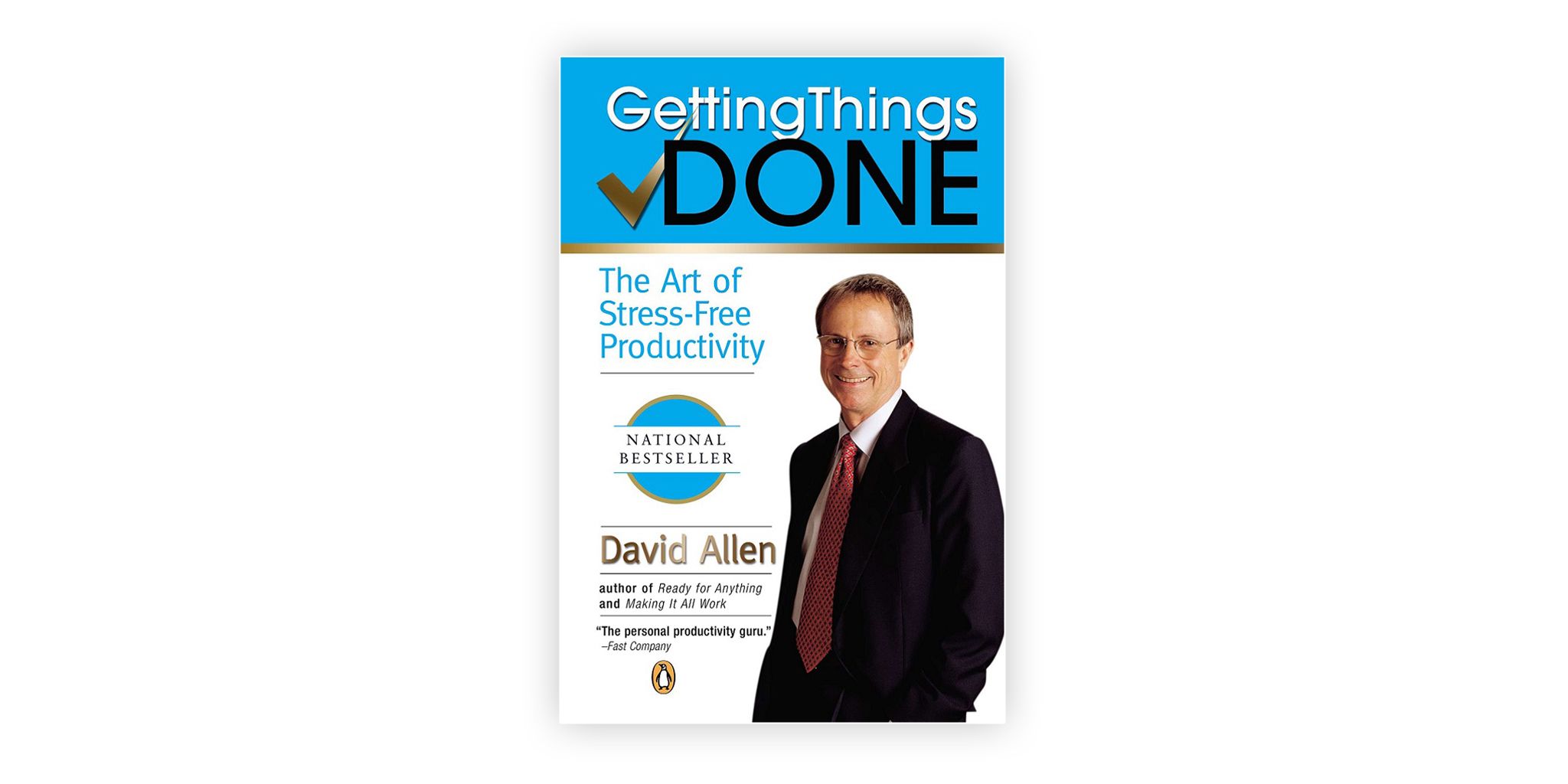Getting Things Done® Primer: Chapter 1
We decided that for our first series of posts, we would both re-read GTD® and write a Primer for those who are not as familiar with the system as we are. For now, we are going to go chapter by chapter. But we may change that up, or combine chapters.
Chapter 1: A New Practice for a New Reality
David Allen opens his bestselling book Getting Things Done® with a bold statement:
“It’s possible for a person to have an overwhelming number of things to do and still function productively with a clear head and a positive sense of relaxed control.” (page 3)
What follows is a summation of how David Allen (DA) sees the evolution of work since the days of the assembly line men and women. He states the work has evolved into something that is not confined to ‘8am to 5pm Monday through Friday’. Work is something that every one of us is doing every minute of every day of every year. This constant barrage of having to be “at work” is starting to put a strain on us, and the way that we try to organize our time. There were a number of successful systems that touted total organizational nirvana, but mostly they were glorified calendars and to-do lists. People relied too much on the “system” they were using, and not actually getting things done.
But now there is a new system that forces you to think about your “work” in a whole new light.
Getting Things Done® (GTD®) is based on two objectives:
Capture everything that you need to get done in a “trusted system” outside of your head.
Create “next actions” for every single input in your life.
Using this system, to the fullest, will clear your mind of all that is troubling you about individual tasks and projects in your life.
“It is a condition of working, doing, and being in which the mind is clear and constructive things are happening.” (page 10)
Everything that we do needs to be captured in a trusted system. There are innumerable ways to do this (watch this site for discussions on them). The point is that the commitment must not be in your head. If it is in your head, then you will most likely forget it…I usually do. Write it down somewhere that you will look at on a regular basis. Then decide what the end result of the commitment is going to be, and figure out what the next step (or action) to finishing that commitment should be. After you come up with your ‘next action’ (NA), you need to write that NA in your trusted system also.
Allen reiterates that EVERY input in your life should be documented and recorded into your trusted system. That includes, but is not limited to, email, phone calls, voice mails, meeting with bosses (corporate and household) and direct reports… EVERYTHING. Allen makes no distinctions between personal and professional lives. In both, things still need to get done.
When talking about “stuff ”, Allen defines ”stuff ” as “anything you have allowed into your psychological and physical world that doesn’t belong where it is, but for which you haven’t determined the desired outcome and the next action step”. (page 17) He states that most organizational models do a good job keeping track of the first part of the definition, but do nothing to help the second part. It is mastery of this second part that is at the heart of Getting Things Done®. Managing your actions will lead to the elimination of your “stuff ”. When you break down anything that you do into a smaller ‘next action’ toward completion of the goal, it makes the task at hand seem easier to accomplish.
Allen then begins to stress the importance of having all of your actions and next actions out of your head. When you dump them out of your “psychic RAM,” you free yourself from having to remember everything that you have to do in your life. Since you have it in your trusted system, you are allowed to focus your mind on whatever task is at hand, whether it is emptying the dishwasher, or restructuring your corporate pay scale. Your mind has a horrible reminder system. It does never reminds you that you need an air filter when you walk down the aisle at the store. You remember that when you see dust bunnies falling from your vent…but you cannot do anything about it then. The new air filters are at the store that you just left.
The techniques that are implemented in Getting Things Done® are not revolutionary. Everyone makes lists of things to do, and uses calendars for appointments. Revolution comes with the change in mindset to think about the next action that you need to do to accomplish your goal. Getting Things Done® lays out the path to your own personal organizational revolution. Enjoy the ride.

